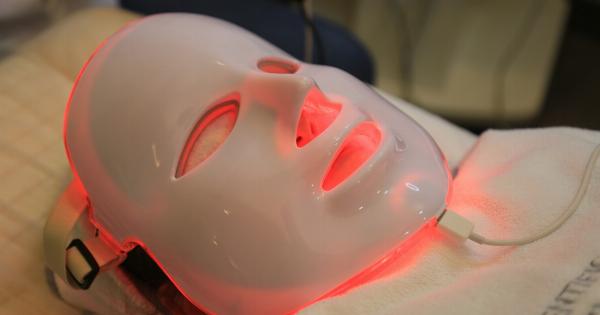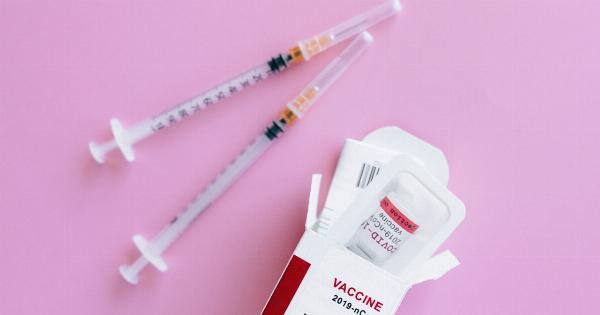Stretch marks are a common skin condition that occurs when skin is stretched beyond its limit, causing the skin’s collagen and elastin fibers to rupture.
This results in the appearance of red, pink, or purple horizontal or vertical streaks on the skin surface. Over time, these marks may fade to white and become less noticeable.
White stretch marks are a common skin concern among both men and women, and can occur anywhere on the body where skin has stretched, such as the abdomen, hips, thighs, buttocks, breasts, and upper arms.
What causes White Stretch Marks?
White stretch marks occur when the skin’s collagen and elastin fibers have been damaged. This can be caused by a number of factors, including:.
- Rapid weight gain or weight loss: When the body expands or shrinks quickly, the skin may not have enough time to adjust, which can cause stretch marks.
- Pregnancy: Pregnancy is a common cause of stretch marks, as the skin on the abdomen, hips, and breasts stretches rapidly to accommodate the growing baby.
- Puberty: During puberty, the body experiences rapid growth spurts, which can cause stretch marks to form on the hips, thighs, and breasts.
- Corticosteroid use: Long-term use of corticosteroids can weaken the skin’s collagen and elastin fibers, leading to the formation of stretch marks.
- Genetics: Some people are more prone to developing stretch marks than others due to their genetics.
How to Treat White Stretch Marks?
White stretch marks can be more challenging to treat than fresh, red or purple stretch marks. However, several treatments are available that can help to fade their appearance, including the following:.
Retinoid Creams
Retinoids, such as tretinoin, have been shown to be effective in treating white stretch marks. Retinoids work by increasing collagen production and speeding up cell turnover, which can help to improve the appearance of stretch marks over time.
However, retinoids should only be used under the guidance of a dermatologist, as they can be irritating to the skin and should not be used during pregnancy or while breastfeeding.
Chemical Peels
Chemical peels involve the application of a chemical solution to the skin. This solution causes the outer layers of skin to peel away, revealing fresher, healthier skin underneath.
Chemical peels can be effective in treating white stretch marks, but should only be performed by a licensed dermatologist or skin care professional.
Microdermabrasion
Microdermabrasion is a non-invasive treatment that involves the use of a handheld device that gently exfoliates the skin.
This treatment can help to improve the texture and tone of the skin, but may not be effective in treating severe cases of white stretch marks.
Laser Therapy
Laser therapy is a popular treatment for white stretch marks. It involves the use of a laser to stimulate collagen production and improve the appearance of stretch marks.
This treatment is typically performed by a dermatologist or laser expert and may require several sessions for optimal results.
Topical Products
There are several topical products, such as creams, oils, and serums, that are formulated to improve the appearance of stretch marks.
These products typically contain ingredients like hyaluronic acid, vitamin C, and peptides, which can help to improve skin elasticity and reduce the appearance of white stretch marks over time.
Prevention Tips for White Stretch Marks
While white stretch marks can be more challenging to treat than fresh, red or purple stretch marks, there are several steps you can take to prevent their formation:.
- Manage your weight: Maintaining a healthy weight can help to prevent sudden weight gain or loss. This can help to reduce your risk of developing stretch marks.
- Stay hydrated: Drinking plenty of water can help to keep your skin hydrated and more resilient, which can help to prevent the formation of stretch marks.
- Eat a balanced diet: Eating a diet rich in vitamins, minerals, and antioxidants can help to improve skin health and prevent the formation of stretch marks.
- Exercise regularly: Regular exercise can help to keep your skin strong and healthy, reducing your risk of developing stretch marks.
- Maintain a healthy skincare routine: Keeping your skin moisturized and nourished can help to improve skin health and reduce the appearance of stretch marks over time.
Conclusion
White stretch marks are a common skin concern that can be challenging to treat. However, several treatments are available that can help to improve their appearance, including retinoid creams, chemical peels, microdermabrasion, and laser therapy.
Additionally, several prevention tips can be implemented to reduce your risk of developing stretch marks. By following these tips and seeking the guidance of a licensed dermatologist or skin care professional, you can improve the appearance of white stretch marks and achieve smoother, more radiant skin.




























